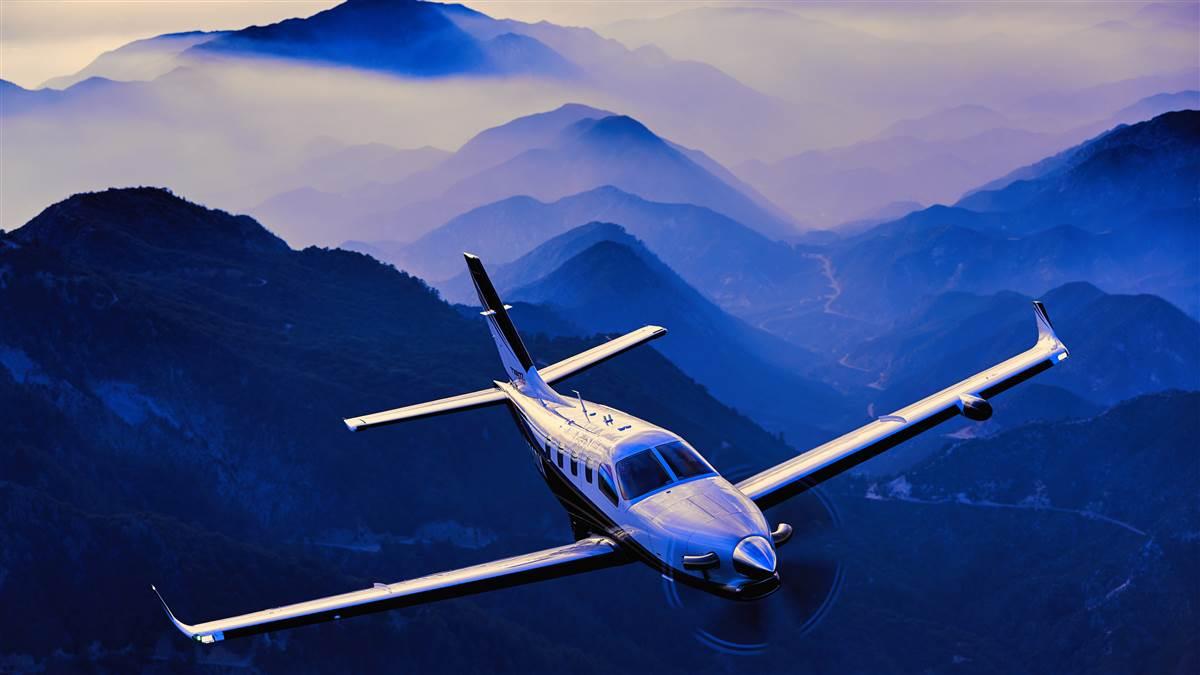Mnemonics: Emergency briefing
Airline procedures for GA turbine operations

While an emergency is never pleasant to discuss, it is critical to always be prepared. Since so much of turbine flying takes place in the flight levels, emergencies take on a different flavor. If there will be an emergency landing or even a controlled crash, you will generally be landing at faster speeds and with more fuel, which means greater fire potential.
T: Type of emergency.
E: Are you going to do an evacuation after you land?
S: Are there any special instructions?
T: Estimated time until landing. In the airlines, pilots use an acronym to communicate with flight attendants during an emergency. However, it can be used at all levels of aviation, from a Cessna 150 to the Airbus A380. That acronym is TEST.
T: Type of emergency. Are you dealing with an emergency descent because of a loss of pressurization? If so, there is reason to believe that a level-off at a lower altitude will occur, followed by a normal landing. But what if you are dealing with a fire? An engine failure? A control surface failure? Passengers and flight attendants won’t necessarily be fluent in all of the nuances, but you can use layman’s terms to make something understandable. Instead of discussing a failed aileron, you can tell them you are having trouble making turns to one side or the other. They can relate to that.
E: Are you going to evacuate the aircraft after you land? If so, what door(s) will you use? Are you making this decision on your own, or are you waiting for rescue services or the control tower to advise of a fire or smoke? Is there anything unique to your airplane that would affect the efficiency of an evacuation? If you are evacuating, instruct passengers to resist the temptation to take their onboard luggage and bags that might get stuck or jammed, or otherwise slow things down.
S: Are there any special instructions? Is this going to be a water landing? Will you make it to an airport, or will you be landing off-field? If so, what help or guidance can you provide to your passengers?
T: Estimated time until landing. Flight attendants need to have time to prep passengers and the cabin for landing and return to their own seats. On your airplane, passengers need to know how much time they have to prepare, which might mean donning a life vest or moving anything in the cockpit/cabin to prevent potential projectiles or door blockage upon landing. It can give them a chance to change to a seat closer to a door if necessary, and to review the door operation if they aren’t familiar with the airplane. It can also give you a chance to explain to them how to use the radio if anything happens to you.
Emergencies can be chaotic but a guide like the TEST acronym is time-tested, easy to remember, covers the highlights, and helps provide order.Like the airlines, review the location and use of any safety equipment—first aid kits, fire extinguishers, and other emergency supplies.
The TEST acronym is time-tested, easy to remember, and it covers the highlights in a usable sequence. Consider practicing with an instructor or in the sim, and be ready to use it with passengers. Emergencies can be extremely chaotic, and a simple guide like this can help bring order to that chaos.
Chip Wright is an airline pilot living in Kentucky.


